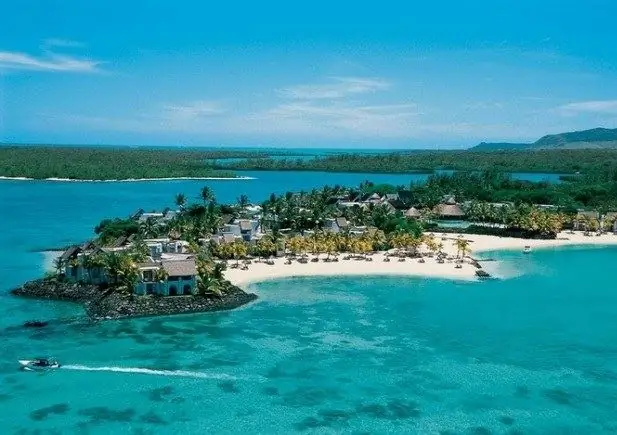Madagascar is famous for its picturesque resorts, sandy beaches and luxury hotels. Tourists usually associate it with palm groves and azure ocean. And many do not even imagine that less than 100 years ago Madagascar was ruled by the French colonialists.

Madagascar is an island state located in the Indian Ocean off the east coast of South Africa. Madagascar is separated from the African continent by the Mozambique Strait. The width of the strait in its narrowest part is 442 km.
Interesting information about Madagascar
More than 150 million years ago, Madagascar was part of the ancient continent of Gondwana, located in the southern hemisphere of our planet. Scientists suggest that Madagascar split from Africa about 150-160 million years ago (Mesozoic period). At the same time, he still remained connected with Gondwana and separated from it after 5-10 million years.
It is believed that Madagascar was discovered at the beginning of the 16th century, and was discovered by a Portuguese navigator named Diego Dias. Although historians do not exclude that Diego Diaz is not the first navigator to visit the island. Then the Dutch, English and French merchants learned about the existence of the island, whose ships ply between Europe, India and Africa.
The local residents of Madagascar are aborigines who were quite warlike and did not differ in hospitality, waged civil wars. All the more, they did not welcome strangers on their lands.
In the 17th century, the island's geographical position and the absence of authorities on it made Madagascar a convenient haven for pirates and slave traders. Pirates robbed merchants who were heading towards India and carried gold, silver, and fabrics there. On the way back, merchants transported spices, jewelry, Indian silk. Therefore, the pirates had a lot of different prey.
Colonial period and independence
In 1896, the period of French colonization began in Madagascar. At the same time, the conquerors used the local population as slaves on the plantations of vanilla, cloves and coffee. In 1946 Madagascar was divided into several provinces and became an overseas territory of France. Only in 1960 did the island receive the status of an independent republic; this significant event took place on June 26.
Nature
Madagascar has a unique ecosystem. Many representatives of the flora and fauna of the island are endemic, that is, they are not found anywhere else in the world. Unfortunately, some of them are endangered.
The largest carnivorous mammal living in Madagascar is the fossa. This endemic species belongs to the Madagascar civet family. In structure, the body of the fossa is a bit like cats, and in the muzzle these animals resemble dogs. They are about twice the size of a domestic cat. Fossa resembles mongooses, these species of animals are related. Fossa feeds mainly on birds and lemurs. During the hunt, she climbs trees.






